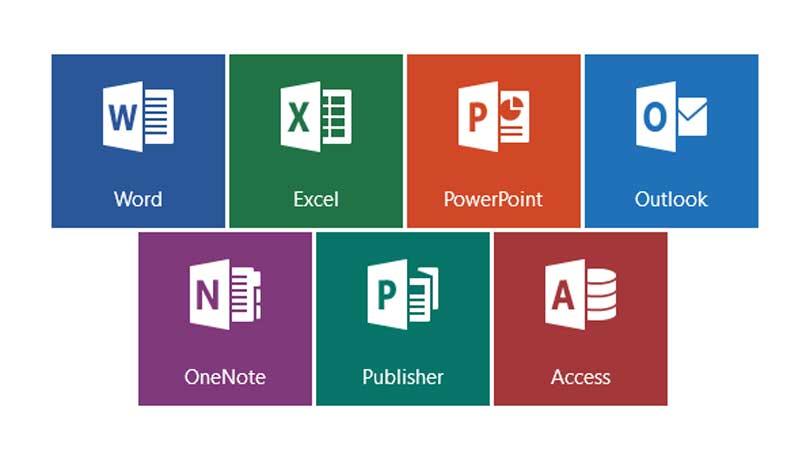Microsoft follows through with its plans to raise Office 2019 prices by 10 percent.
Microsoft may have just made Office 365 a more attractive option than it was previously thanks to Office 2019’s higher prices.
Microsoft rolled out its on-premise Office 2019 suite for Windows and Mac in September. But rather than highlight major new features included in a perpetual license for Office 2019, the company stressed it was inferior to Office 365 ProPlus, which in its view is “the most productive and most secure” with the “lowest total cost of ownership for deployment and management”.
Office 2019, it said, was for customers who in 2018 “aren’t ready for the cloud”. The software merely contained a subset of features available in the subscription-based alternative.
Microsoft obviously hasn’t killed the perpetual license for Office, but its newly updated Office 2019 price list for home and small business users offers a good indication of what it wants customers to buy.
As Computerworld’s Greg Keizer reports, the cost of Office 2019 Home & Student remains the same as the Office 2016’s price of $149.99. The license is restricted for home usage and cannot be used for commercial purposes.
Office 2019 Home & Business however now costs $249.99, up 9 percent from the $229 Microsoft asked for Office 2016 Home and Business.
Office 2019 Professional now costs $439.99, up 10 percent from the $399 that Office 2016 Professional costed. Both of these can be used in commercial contexts.
Microsoft increased prices with the release of Office 2013, and then bumped up on-premise prices slightly again with Office 2016.
The steady and gradual price rises, combined with more feature updates for Office 365, should have the effect of making an Office 365 subscription more attractive, especially to Microsoft’s business customers.
Microsoft explained the motivation for its price rises in a July blog reported by ZDNet that outlined Office 2019 commercial prices will increase 10 percent over existing on-premise prices.
Since then Microsoft has also published an FAQ for partners and resellers explaining the increase.
“Pricing for Office 2019 (on-premises) client licensing for commercial customers and for academic agreements for small and midsize customers (doesn’t include the Enrollment for Education Solutions) is increasing by 10% for the first time since 2010 to represent the significant value added to the product over time and to better reflect costs and customer demand and align with cloud pricing,” Microsoft says in a more recent FAQ on price changes.
Microsoft has been taking a slow and steady approach to integrating its 2016 LinkedIn acquisition, down to the software and services they 14,000 LinkedIn employees are using.
Microsoft’s multitude of Business and Enterprise editions — licensed as monthly or annual subscriptions — offer more advanced feature sets than the Home and Personal editions, with collaborative applications and management tools.
On the heels of recent redesigns by Google and Apple, Microsoft is giving its Office apps a facelift over the coming months.
Microsoft Surface All Access is another attempt that a leasing/subscription model can be appealing for mainstream hardware customers.
Microsoft is making it a lot easier to share your Office account with friends and family.
This article originally appeared on ZDnet.

